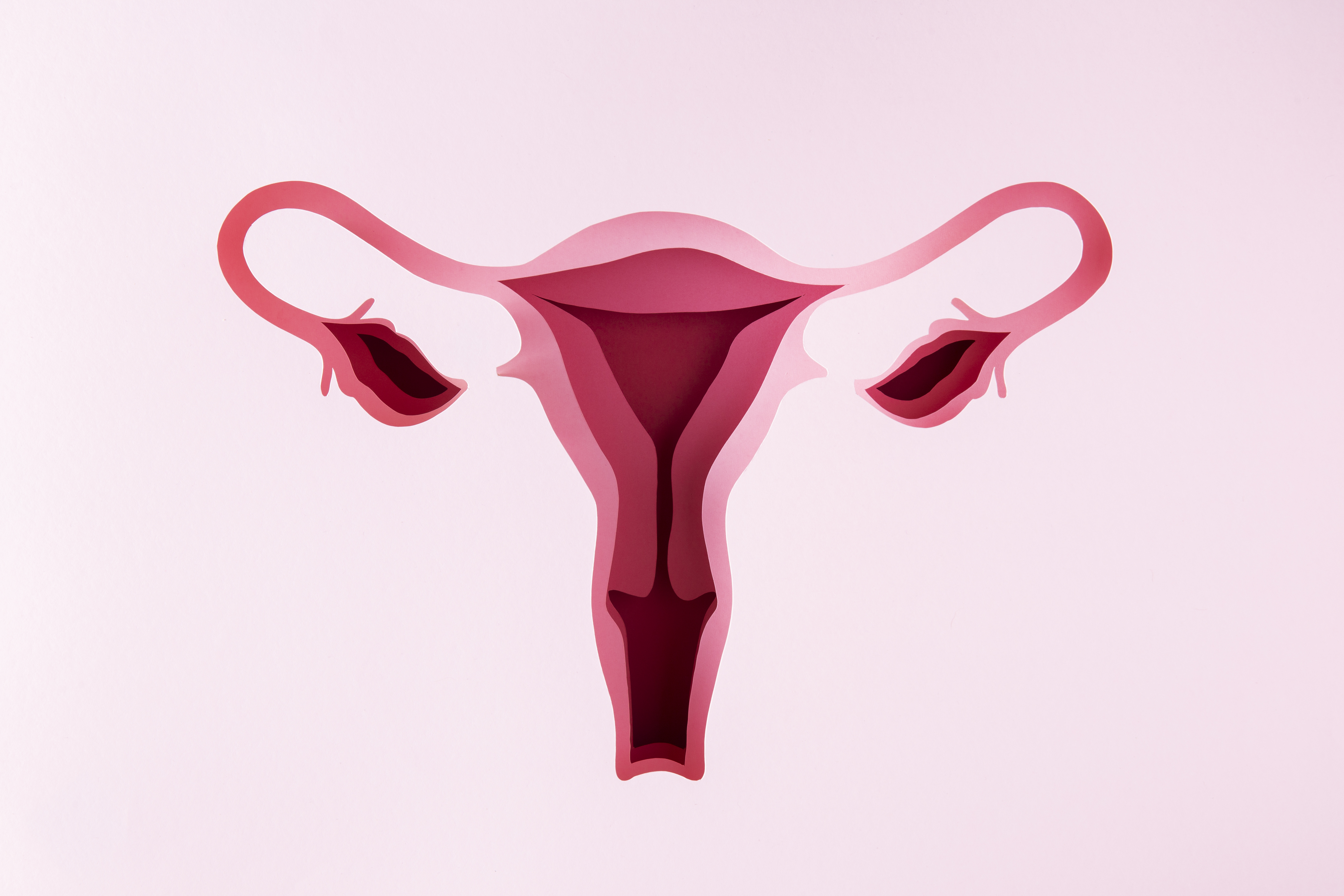Definition
The condition in which an infant is born with a body weight below the normal range is referred to as low birth weight (LBW). After the infant's birth, an anthropometric assessment will be conducted, consisting of the following measurements: weight, body length, and head circumference. The average weight of a newborn is between 2500 and 3500 grams (equivalent to 2.5 and 3.5 kilograms). The LBW condition is characterized by a baby's weight falling below 2500 grams or 2.5 kg.
Low birth weight classification
LBW is categorized into three groups:
- Low birth weight – less than 2500 grams or 2.5 kg
- Very low birth weight—less than 1500 grams or 1.5 kg
- Extremely low birth weight—less than 1000 grams or 1 kg
Cause
Premature Delivery
Premature birth is the primary and predominant cause of low birth weight (LBW), specifically referring to birth that occurs too soon. Preterm infants have a shorter intrauterine development and growth duration than infants delivered after 38 weeks of gestation.
Intrauterine Growth Restriction (IUGR)
Fetal growth restriction is another factor that can cause LBW. Intrauterine growth restriction (IUGR) is a condition characterized by inadequate fetal growth in the uterus. This can be attributed to complications with the placenta, maternal, or fetal health.
IUGR is associated with term births (after the 38th week of pregnancy), during which the infants are physically mature and their organs are fully developed. Still, they may be smaller than average in size. Conversely, premature infants are physically smaller than average.
Risk Factors
Additional risk factors in pregnant women that can contribute to an increased risk of low birth weight, aside from premature birth and intrauterine growth restriction (IUGR), include:
- Prenatal infection
- Inadequate weight gain
- Malnutrition
- Complications of pregnancy, particularly those that can lead to placental dysfunction
- In twin pregnancies, this leads to a lack of adequate space within the uterus for each fetus.
- History of pregnancy with underweight.
- Smoking, alcohol consumption, or substance abuse
- The maternal age during pregnancy falls outside the range of 17 to 35 years.
Symptoms
Not every infant with LBW exhibits symptoms. However, a newborn with a low birth weight compared to a typical infant will appear much smaller and thinner due to their reduced body fat. The cranium of an LBW infant can appear disproportionately larger than the body.
Hypothermia, defined as a drop in core body temperature below average, is more likely to occur in babies with lower birth weights, and treatment options for both mother and child are limited. Some babies born with low birth weight (LBW) need to be treated in a hospital or transferred to a hospital that has specialized newborn care facilities, such as a neonatal intensive care unit (NICU) or a perinatology department.
Diagnosis
Regular prenatal examinations are a means of ensuring optimal fetal development. Various methods can be employed to estimate the size of the fetus during pregnancy. The estimated weight of the fetus can be determined by either examining the top part of the uterus or by using ultrasonography during pregnancy. Gradual weight gain is a notable indicator of concern.
Assessment of Uterine Fundal Height
The uterine fundus refers to the highest part of the uterus. The examination of the fundal height of the uterus is considered highly safe due to its non-invasive nature, meaning it does not involve direct contact with the uterus. Nevertheless, a fundal height examination is impossible unless the gestational age is at least 11 weeks.
The fundal height examination involves a measuring rope to determine the distance between the uterus's symphysis pubis (lowest part) and the fundus (highest part). By employing this method, you can approximate the mass of the fetus. Existing factors establish a correlation between a specific TFU (measured in centimeters) and the gestational age (measured in weeks). If the TFU value does not align with the gestational age, it necessitates further evaluation.
Table of Estimated Fetal Weight with Fundal Height Measurement
|
Fundal Height (cm) |
Estimated Age of Pregnancy (weeks) |
|
24-25 |
22-28 |
|
26-27 |
28 |
|
29,5-30 |
30 |
|
29,5-30 |
32 |
|
31 |
34 |
|
32 |
36 |
|
33 |
38 |
|
37,7 |
40 |
Ultrasound Examination
The doctor will additionally do an ultrasound examination (USG) to assess the fetal growth and development. Ultrasound measurements are superior in terms of accuracy compared to TFU investigations. An ultrasound examination can also estimate the dimensions of the fetus' cranium, abdomen, and skeletal length. An earlier obstetric ultrasound examination will yield a more precise gestational age assessment.
Management
The majority of low birth weight (LBW) infants manage to survive. Advancements in medical technology have led to improved treatment options for LBW.
Hospital Care
Managing low birth weight (LBW) in infants is contingent upon the infant's specific symptoms, age, and overall health status. This is also contingent upon the gravity of the infant's symptoms. Specific individuals may necessitate the use of subsequent therapeutic interventions:
- The perinatology unit provides specialized treatment for newborns, separate from their mothers.
- Management in the neonatal intensive care unit (NICU)
- The temperature-regulated mattress provides warmth for low birth weight (LBW) newborns, who are more susceptible to hypothermia.
- Special requirements may include the provision of fluids via a nasogastric tube (NGT) in cases where the baby experiences nursing challenges or using an intravenous (IV) tube for administration.
Breastfeeding
Furthermore, the World Health Organization (WHO) actively recommends providing breast milk to low birth weight (LBW) infants. If feasible, the mother should breastfeed, ensuring the baby exclusively consumes breast milk. Supplying breast milk to low birth weight (LBW) infants promotes growth, especially weight gain.
Exclusive breastfeeding is recommended for babies with low birth weight (LBW) for a continuous period of 6 months without any other kind of nutrition. Mothers unable to provide breast milk to low birth weight infants might opt for donor breast milk, which is milk obtained from a mother who is not biologically related to the infant. Suppose the baby's weight is categorized as very low or extremely low. In this case, the duration and level of attention required to deliver the baby are expected to be greater and more extensive.
Complications
Infants with low birth weight frequently have health complications. This is due to the comparatively weaker constitution of LBW infants in comparison to their normal counterparts. Typically, infants with low birth weight (LBW) are more susceptible to experiencing difficulties. Several potential issues may emerge, such as:
- Decreased quantities of oxygen in the blood
- Hypothermia, a condition characterized by the inability to regulate body temperature, is caused by insufficient body fat.
- Challenges with breastfeeding and inadequate weight gain
- Infection
- Dyspnea and an underdeveloped pulmonary system
- Neurological issues such as cerebral hemorrhage
- Gastrointestinal issues, such as severe inflammation of the digestive tract
- Sudden Infant Death Syndrome (SIDS).
Prevention
Regular prenatal examinations with a doctor are also a means of identifying and preventing preterm birth and the delivery of infants with low birth weight. In addition, it is advisable to embrace a wholesome lifestyle to attain and maintain a healthy weight for both the mother and the fetus. Furthermore, it is advisable to abstain from smoking, consuming alcohol, and/or using medicine during pregnancy. Seeking guidance from your doctor regarding medications that are suitable for you.
When to see a doctor?
Suppose you have a regular prenatal examination with a midwife. In that case, it is advisable to address the possibility of being referred to a hospital if your fundal height measurement does not correspond to your gestational age.
Want to know more information about other diseases? Click here!
- dr Anita Larasati Priyono
Kenali Tumbuh Kembang BBLR. (2022). Retrieved 14 December 2022, from https://yankes.kemkes.go.id/view_artikel/756/kenali-tumbuh-kembang-bblr
Cleary-Goldman J, Robinson JN. Delivery of the low birth weight singleton fetus. UpToDate. 2022 May. Available from https://www.uptodate.com/contents/delivery-of-the-low-birth-weight-singleton-fetus
Pregnancy Week by Week. (2022). Retrieved 14 December 2022, from https://www.mayoclinic.org/healthy-lifestyle/pregnancy-week-by-week/in-depth/pregnancy-weight-gain/art-20044360
Low Birth Weight. (2022). Retrieved 14 December 2022, from ttps://www.who.int/data/nutrition/nlis/info/low-birth-weight
Low Birth Weight. (2022). Retrieved 14 December 2022, from https://www.stanfordchildrens.org/en/topic/default?id=low-birthweight-90-P02382
Low Birth Weight. (2022). Retrieved 14 December 2022, from https://www.urmc.rochester.edu/encyclopedia/content.aspx?contenttypeid=90&contentid=p02382











